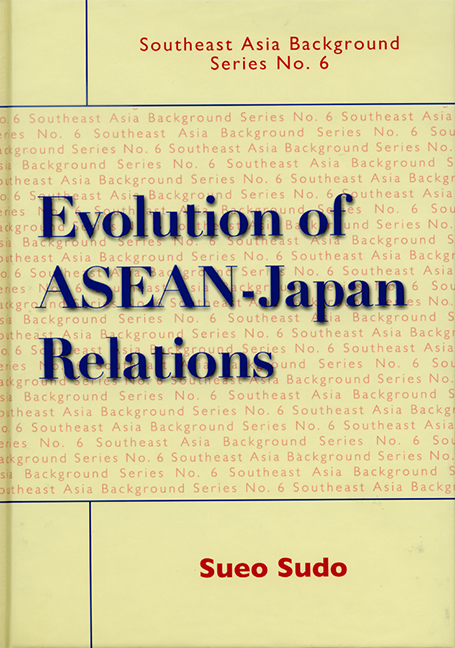4 - The Hashimoto Doctrine Phase: 1997–2003
Published online by Cambridge University Press: 21 October 2015
Summary
Thus far we have seen evidence of the fact that official prime ministerial visits have uniquely characterized Japan's political relations with ASEAN. Even if the frequency of ministerial meetings between Japan and ASEAN does not signify anything unusual — after all ASEAN holds regular meetings with other dialogue partners as well — the almost de rigueur visits to the ASEAN region by Japanese prime ministers would appear to contain special implications. Compared with top-level visits by the other dialogue countries, the difference is underscored by the “closeness” of Japan-ASEAN relations.
The third phase started with the return to LDP rule under Prime Minister Ryutaro Hashimoto. In January 1997, despite the mounting hostage crisis in Peru, Hashimoto visited the region (Brunei, Malaysia, Indonesia, Vietnam and Singapore) and proposed the formation of a top-level forum between Japan and ASEAN. Furthermore, in Singapore, Hashimoto delivered a policy speech, “Reforms for the New Era of Japan and ASEAN for a Broader and Deeper Partnership”, which underscored Japan's consistent policy toward ASEAN since 1977:
As you probably remember, in 1977 then Prime Minister Fukuda launched the so-called Fukuda Doctrine, and in 1987 then Prime Minister Takeshita proposed that Japan and ASEAN establish a new partnership. Today, I would like to deliberate with you on how Japan and ASEAN should reform their cooperative relationship in a manner suitable for a new era.
Most importantly, he proposed the following three policies: to promote broader and deeper exchanges between Japan and ASEAN at the top and all the other levels; to deepen mutual understanding and to expand cultural cooperation, in order to consolidate Japan-ASEAN friendship, and to jointly address themselves, by sharing their wisdom and experience, to various problems in the international community.
ASEAN in 1997, however, was facing a critical transition. The end of its third decade was marred by an unprecedented crisis for most member countries.
- Type
- Chapter
- Information
- Evolution of ASEAN-Japan Relations , pp. 35 - 52Publisher: ISEAS–Yusof Ishak InstitutePrint publication year: 2005



